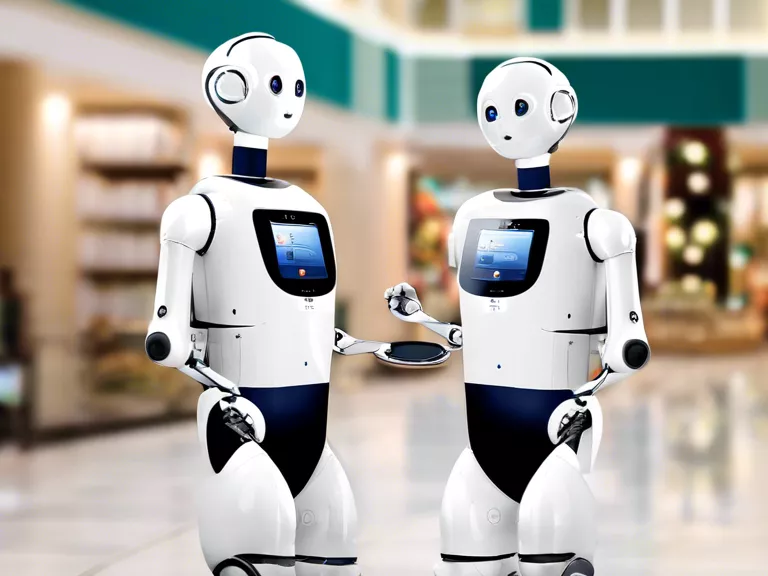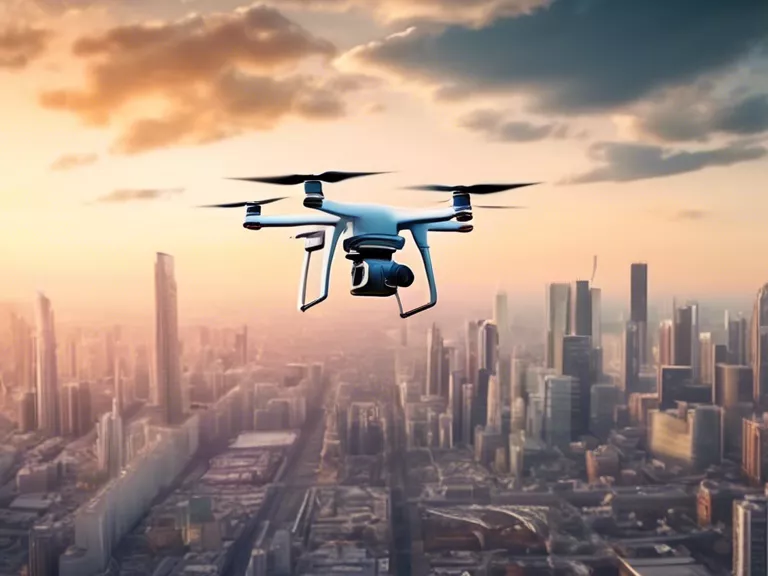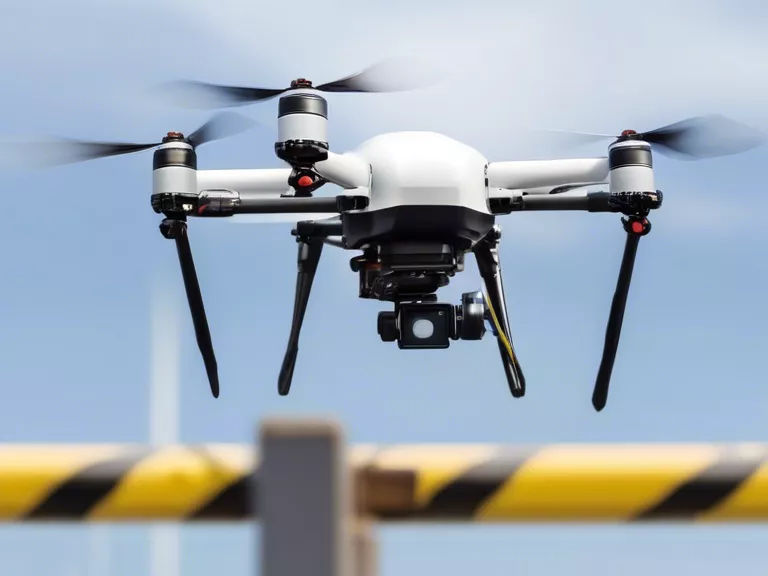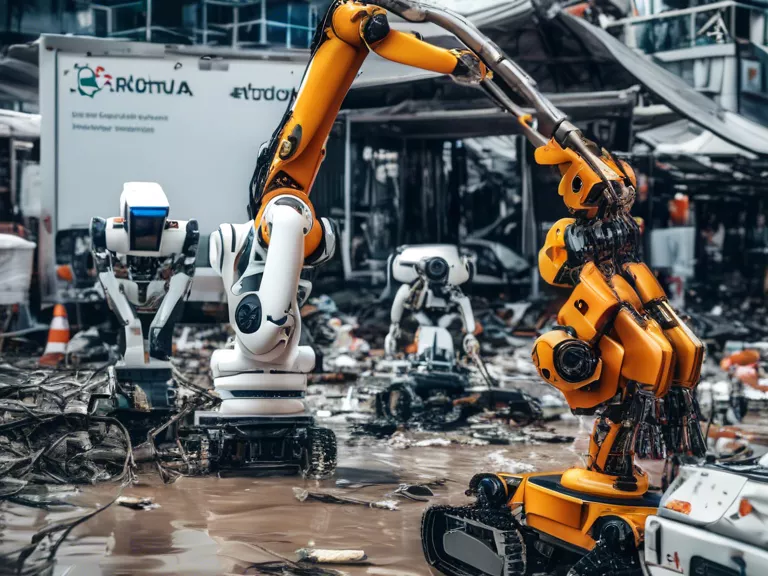
With advancements in technology, service robots are becoming more integrated into hospitality and retail environments. These robots are designed to assist with tasks such as customer service, food delivery, and inventory management. In this article, we will explore the role of service robots in these industries and the impact they are having on customer experiences and business operations.
One of the most noticeable roles of service robots in hospitality is customer service. Robots are being used to greet guests, provide information about the hotel or restaurant, and even transport luggage to rooms. These robots are equipped with sensors and cameras to navigate through crowded spaces and interact with customers in a friendly and efficient manner.
In the retail sector, service robots are being used to improve inventory management and streamline the shopping experience. Robots can help with tasks such as restocking shelves, locating products for customers, and even processing payments. By automating these processes, businesses can reduce human error and improve overall efficiency.
Service robots are also being used in food service environments to assist with tasks such as food delivery and kitchen operations. Robots can deliver food to tables in restaurants, reducing the need for human servers to make multiple trips back and forth. In the kitchen, robots can help prepare meals, clean dishes, and even monitor food safety protocols.
Overall, the role of service robots in hospitality and retail environments is to enhance the customer experience and improve operational efficiency. While robots cannot completely replace human workers, they can complement existing staff and help businesses meet the demands of a rapidly changing industry. As technology continues to advance, we can expect to see even more innovative uses of service robots in these sectors.



